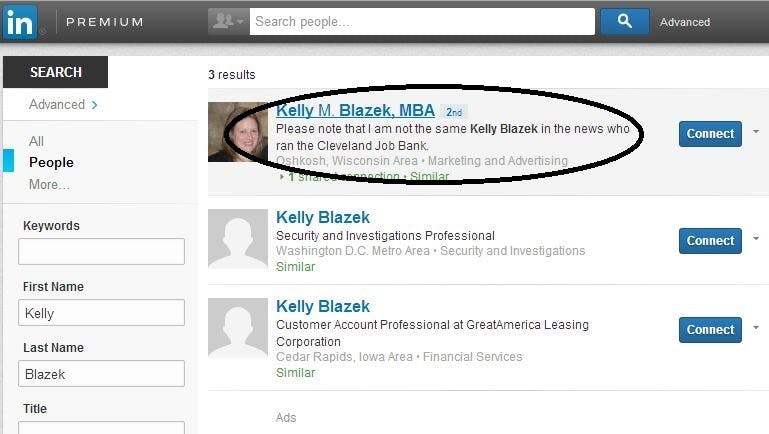Why exactly the cruise ship Costa Concordia ended up on a reef 60 feet off the shore and only two hours into its January cruise is still not clear. What is clear is that it took about 70 minutes until the captain gave the order to evacuate the passengers.
Apparently some of the crew disobeyed the captain’s orders and started to evacuate earlier. However, one crew member said, “We could have all reached the shore without even getting our feet wet.” There was plenty of time and room to safely evacuate everybody. Nobody needed to die.
The facts are: the ship was slowly tilting, the captain waited a long time to order evacuation, the majority of the crew followed his command, and some crew members started evacuating on their own initiative.
So, why did it happen and what can your organization watch out for and learn from it?
What leaders need to think about
Possible explanations for the disastrous evacuation include negative effects of steep hierarchies, which are characterized by large power disparities and rigid lines of command. An example is when a plane crashes into a mountain because the senior pilot ignored the co-pilot’s warning of the mountain ahead, and the co-pilot dutifully concurred and followed orders.
As a leader you need to be mindful about:
- What a steep hierarchy does to employees. If employees are expected to simply follow orders and not question them, regardless if the orders make sense or are the right thing to do, chances are that they are not proactive and check their brains and hearts at the door.
- What a steep hierarchy does to superiors. People with power often tend to overestimate the accuracy of their judgments, believe they are more competent than others, and report a larger sense of control over uncontrollable events.
- What a steep hierarchy does to the relationship between superiors and employees. The superiors tend to use “command and control” authority to get things done their way. Combined with the employees’ dependence on superiors, the quality of the relationship can easily become dominated by the concern to please (and some may even fear) the superior. This will lead to less honest communication, less trust, and less innovative proactive action. These suboptimal conditions cause reduced productivity and increased stress.
So unfortunately, the effects of hierarchies on superiors, employees and their relationship reinforce each other. A superior taking the wrong action is convinced they are making great decisions and therefore do not genuinely listen to employees’ suggestions.
Employees on the other hand, stop expressing their honest opinions, reduce their engagement, and just wait for orders. This self-reinforcing dynamic can lead to fatal results — like this cruise ship tragedy.
3 things about hierarchies
How can your organization avoid negative effects of steep hierarchies?
Hierarchies do have functional utility, but even relatively flat hierarchies can have these negative effects. The problem is that even mindful leaders and their managers do have blind spots.
- Be aware that the downside exists. Simply being aware of the existence of hierarchical dynamics can help superiors to listen better and encourage employees to speak up sooner. The team can designate a humorous code word, which can be used in the heat of the moment to interrupt the dynamic.
- Encourage disobedience and proactivity. Create a safe work climate, where people are encouraged to respectfully disagree and proactively take sound action without or against orders.
- Learn to communicate effectively. Learning and practicing to communicate with respect and honesty can avoid disasters, but more importantly, will improve everyday work processes.
Why should you care to flatten hierarchies?
Addressing the root cause would mean reducing hierarchical layers and decreasing the “distance” between superiors and subordinates. This tends to
- Increase productivity by 30 percent to 40 percent (according to Prof. Jeffrey Pfeffer of Stanford University).
- Increase employee motivation and proactivity.
- Improve the organizational climate and well being.
The ultimate argument is the survival and prospering of your organization. Or just ask Carnival Cruises and all the involved insurance companies how much it cost them to ignore the potentially detrimental effects of hierarchies.
Unfortunately, in this case people paid with their lives for bad organizational structure.
